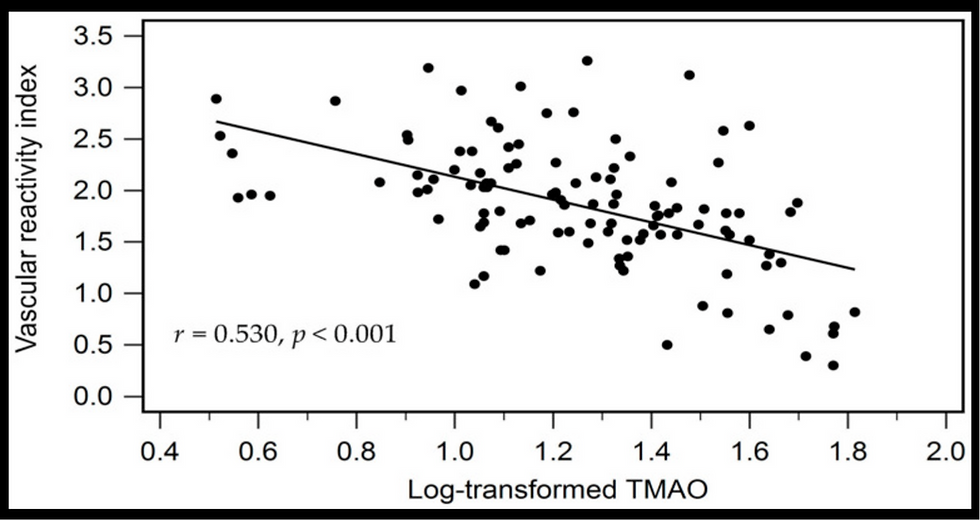From ESC Congress 2019 in Paris:
- heartlung
- Jan 16, 2023
- 2 min read
Persistent Endothelial Dysfunction after Heart Attack Signals Poor Outcomes

From European Society of Cardiology Congress 2019 in Paris: Impaired peripheral endothelial function is associated with microvascular injury assessed by cardiac magnetic resonance imaging and decreased coronary flow in patients with STEMI Authors: N W Van Der Hoeven1 , GN Janssens1 , A Nap1 , H Everaars1 , PM Van De Ven1 , AC Van Rossum1 , J Escaned2 , MAH Van Leeuwen3 , N Van Royen4, 1Amsterdam UMC – Amsterdam – Netherlands (The) , 2Hospital Clinic San Carlos, cardiology – Madrid – Spain , 3Isala clinics, cardiology – Zwolle – Netherlands (The) , 4Radboud UMC, cardiology – Nijmegen – Netherlands (The) , Background: Microvascular injury (MVI) occurs in about 50% of successfully revascularized ST-elevation myocardial infarction (STEMI) patients and is associated with a decreased clinical outcome. MVI results from myocardial reperfusion injury, subsequent inflammation and coronary endothelial dysfunction. A correlation between peripheral and coronary endothelial function has been suggested and peripheral endothelial dysfunction is associated with the occurrence of cardiovascular events. Therefore we hypothesize a relation between peripheral and coronary endothelial function. Purpose: The primary aim of our study was to assess the relationship between peripheral endothelial function and microvascular injury in successfully resvascularized STEMI patients. Methods: Peripheral endothelial function and laboratory values were measured in the acute and stable setting (at 1 year follow-up). Reactive hyperemia-pulse amplitude tomography on the index finger was used to assess peripheral endothelial function by means of the reactive hyperemia index (LnRHI). After revascularization of the culprit vessel, we measured intracoronary coronary flow reserve (CFR). Cardiac magnetic resonance imaging (CMR) at day 5 evaluated the occurrence of MVI defined as microvascular obstruction (MVO) or intramyocardial hemorrhage. Myocardial salvage index (MSI) was calculated as (area at risk – final infarct size) / area at risk. Results: We included 110 STEMI patients with the age of 60.1±9.5 years. Acute LnRHI was 0.56±0.33 and stable LnRHI was 0.64±0.27 (p=0.070). In the acute setting, LnRHI was impaired in patients with MVI compared to patients without MVI (0.44±0.37 vs. 0.61±0.34, p=0.045). The quantity of MVO (in grams) correlated with acute LnRHI (rho=-0.24, p=0.028). Acute LnRHI correlated to CFR in the revascularized culprit vessel (rho=0.25, p=0.015). In patients with decreased coronary blood flow after successful revascularization (TIMI-flow=2), stable LnRHI was decreased (0.51±0.36 vs. 0.67±0.24, p=0.019). Stable LnRHI correlated to MSI (rho=0.28, p=0.020). Acute LnRHI correlated to leukocyte count (rho=-0.21, p=0.028) and LDH (rho=-0.25, p=0.018). LnRHI was impaired in patients who were hospitalized during 1 year follow-up (0.45±0.35 vs. 0.66±0.25, p=0.024). Conclusion(s): In patients with successfully revascularized STEMI, impaired peripheral endothelial function is associated with microvascular injury, decreased coronary flow and an increased inflammatory status. Furthermore, impaired peripheral endothelial function was associated with the occurrence of clinical events.
![Lipoprotein(a) levels predict endothelial dysfunction in maintenance hemodialysis patients: evidence from [VENDYS] vascular reactivity index assessment](https://static.wixstatic.com/media/dac531_5285607cc591409a9d83746f042af7c6~mv2.png/v1/fill/w_980,h_980,al_c,q_90,usm_0.66_1.00_0.01,enc_avif,quality_auto/dac531_5285607cc591409a9d83746f042af7c6~mv2.png)


Comments